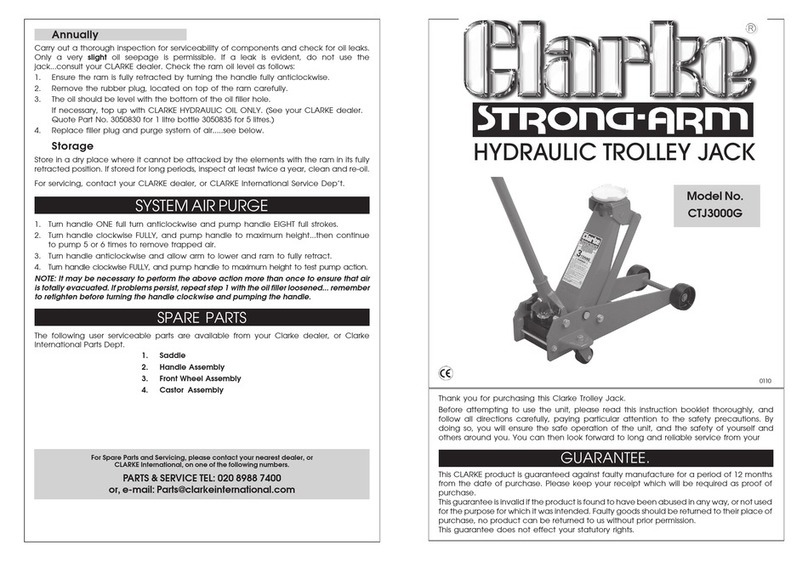
4
OPERATING THE Ergo-One®Plus Power Tug
We would like you to be satisfied using your
Ergo-One®Plus Power Tug. When you use the
Ergo-One®Plus Power Tug for the first time,
you must know how to properly operate and care
for it to avoid unsafe situations. Please read this
manual thoroughly and become familiar with all
of the safety information provided.
Be aware of your surroundings, drive slowly and
cautiously. Avoid collisions and/or changing
directions quickly which could cause damage to
the Ergo-One®Plus Power Tug, or shift the
load, damaging the goods or injuring you or any
surrounding people.
Anticipate and avoid unsafe situations. Be
courteous of others and let your presence be
known.
Perform first time operation in an open area on a
flat surface - free of obstacles. Have someone
familiar with the operation of the Ergo-One®
Plus Power Tug available to assist you.
CONTROLS
Read and understand all instructions and control
functions before attempting to operate the Ergo-
One®Plus Power Tug.
On-Off Key Switch:
The on-off key switch is located on the under-
side of the Ergo-One®Plus Power Tug’s control
handle.
Drive Position:
To turn the power on, fully insert the key into
the key switch, and then turn the key
clockwise. When the power is on, the battery
discharge indicator, located on the shroud
under the handle, will illuminate.
Speed Range Switch:
The Speed Range Switch is located on the top,
left side of the handle control. Depressing the
turtle side of the switch will reduce the maximum
speed of the Ergo-One®Plus Power Tug.
Always reduce speeds during training, in close
quarters or in circumstances in which you risk
damage or injury if the maximum speed is not
limited.
Direction of Motion:
Direction of motion is controlled by the finger
control lever located to the right and left sides of
the center section of the hand control unit.
Rotating the top of the lever away from you
accelerates the cart away from you. Rotating the
bottom of the lever accelerates the cart towards
you. To STOP, release the control lever. Let the
cart come to a complete stop before changing
directions.
Receiver Control Switch:
The receiver control switch is located on the right
side top of the control handle. Pushing on the
switch arrow pointing at you extends the actuator,
rotating the receiver away from you, allowing
some of the towed carts weight to be transferred
to the tug’s drive system. Pushing on the switch
arrow pointing away from you will retract the
actuator, lowering the towed cart to a release
position.
Braking Systems:
The Ergo-One®Plus Power Tug has two types
of braking systems. It has dynamic regenerative
braking while moving and electromechanical
braking for parking.
Dynamic Regenerative Braking
Dynamic regenerative braking automatically
brings the Ergo-One®Plus Power Tug to a
smooth stop when you release the control lever.
However, it does not lock the wheels in place.
Electromechanical Braking
After the dynamic braking has brought the Ergo-
One®Plus Power Tug to a stop, or near stop, the
electro-mechanical brake will lock the wheels in
place. The drive wheels, must be contacting the
floor surface for the brake to hold.
Emergency Reversing Pad (Belly Button):
The Emergency Reversing Pad is located on the
back side of the hand control unit and is designed
to rapidly accelerate the TUG away from you
immediately upon being depressed providing that
the key switch is in the on position. The cart will
continue to move as long as the pad is pushed
upon.
Horn



























